Austin A 30 classic cars for sale
The Austin A30 stands out as the car that introduced Austin's all-steel monocoque bodywork and the celebrated A-Series engine, marking a turning point for British motoring after the war. Its compact design, low weight, and engineering innovations like hydraulic front brakes made it a practical and economical classic in its time. Discover more about the history and technical background of the Austin A30 below.
Search results
Currently, there are no matching listings for your search.
Create search alert
Let yourself be notified as soon as a listing is published that matches your search filters.
Create listing
Do you have a Austin A 30 that you want to sell? Then create a listing now.
Create listingAustin A 30 listing references from Classic Trader
Below you will find listings related to your search that are no longer available on Classic Trader. Use this information to gain insight into availability, value trends, and current pricing for a "Austin A 30" to make a more informed purchasing decision.

1954 | Austin A 30 Seven
1954 Austin A30 Saloon
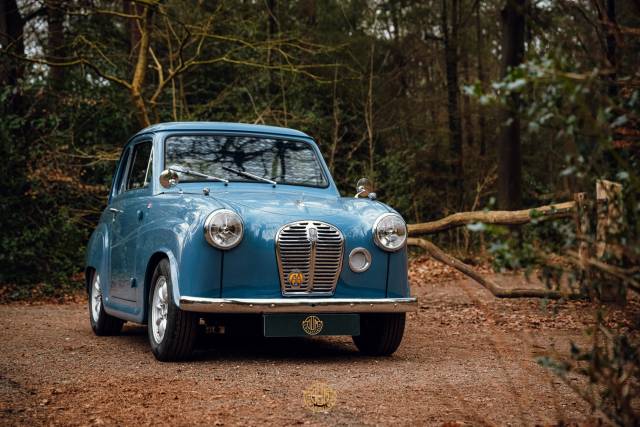
1954 | Austin A 30 Seven
Austin A 30 Rally
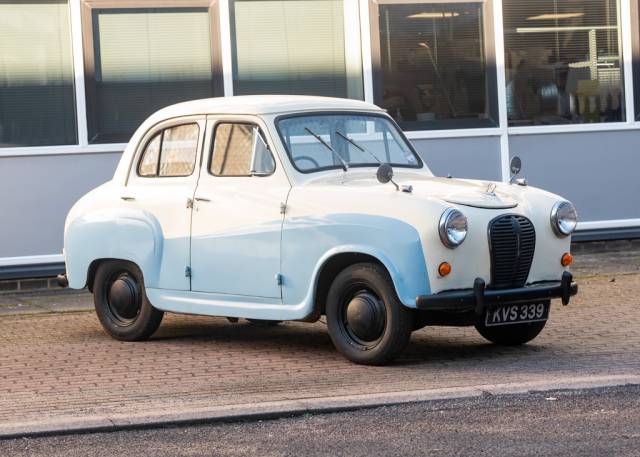
1954 | Austin A 30 Seven
Austin A30 Saloon (AS4)
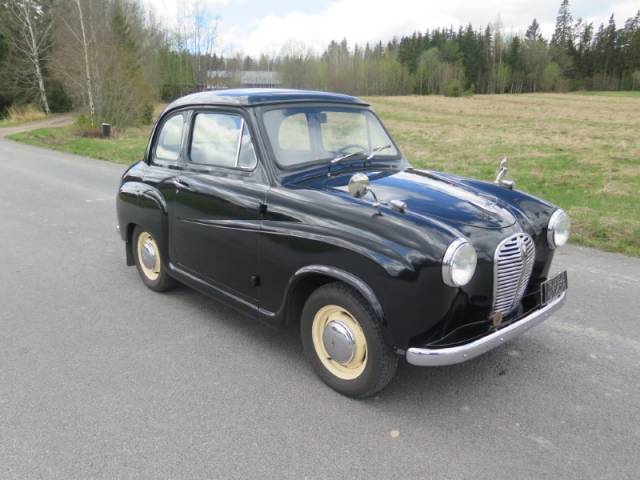
1955 | Austin A 30 Seven
Museum registered little black cutie

1955 | Austin A 30 Seven
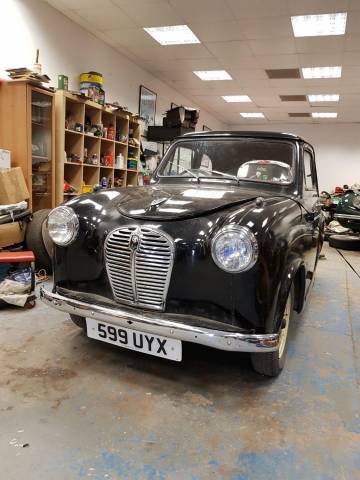
1955 | Austin A 30 Seven

1955 | Austin A 30 Seven
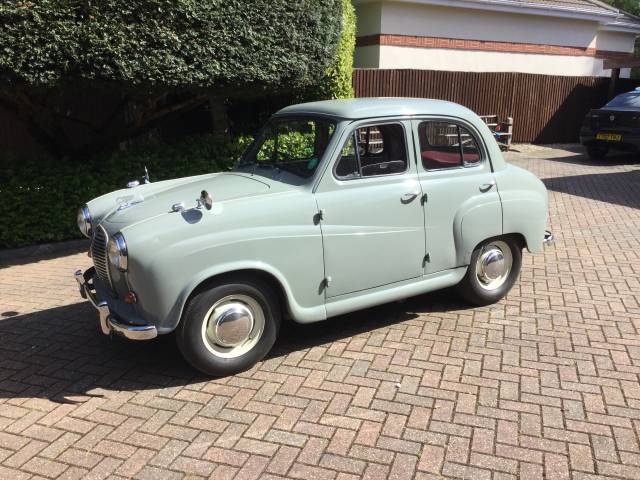
1955 | Austin A 30 Seven
Create search alert
Let yourself be notified as soon as a listing is published that matches your search filters.
Create listing
Do you have a Austin A 30 that you want to sell? Then create a listing now.
Create listingHistory of the Austin A30
The Austin A30 debuted at the 1951 Earl’s Court Motor Show as Austin’s innovative answer to post-war motoring demands. Designed as a direct competitor to the Morris Minor, the A30 heralded a new chapter for Austin, boasting the brand’s first-ever all-steel monocoque body. This construction, with no separate chassis and body, set new standards for vehicle rigidity and lightness. Conceived during times of fuel rationing, the A30 was engineered for efficiency, lightweight design, and affordability, being £62 cheaper than its Morris rival. Its breakthrough 803cc ‘A Series’ engine became a British engineering staple for decades, subsequently powering countless models, including the famous Mini. In total, 223,264 units of the A30 were produced, reflecting its significant role in bringing affordable motoring to the masses.
Model History
At launch, the A30 was available exclusively as a four-door saloon, with production starting in 1951. By 1953, a three-door variant was introduced to cater to changing market preferences. Its mechanical layout included rear-wheel drive, a 4-speed manual gearbox, and innovative technical features for its segment. In 1956, the Austin A30 was succeeded by the A35, which retained most of the A30’s mechanical underpinnings but gained a larger rear window, a refined engine (34 bhp), a painted grille with chrome surround, and indicators replacing the earlier semaphore indicators. Most components remained interchangeable between both models, underlining their close kinship.
Highlights and Statistics
The Austin A30 impressed drivers with its practical rear-wheel drive layout and lively 803cc four-cylinder engine producing 28 bhp, renowned for fuel efficiency (about 42 mpg) and low running costs. It was the first Austin with a true single-shell steel construction, which kept its weight down to 680 kg and improved handling. Hydraulic front brakes and independent front suspension provided surprising driving comfort for the era. With over 223,000 units manufactured, the A30 became a regular sight on British roads and established a durable mechanical legacy, thanks particularly to the debut of the A-Series engine.
Technical Data
Special Editions and Collectible Models
While no official factory special editions of the Austin A30 were released, later models from 1953 onwards offered a practical three-door body, which was less common and of particular interest to collectors today. Some rare survivors might feature period accessories or dealer-added options that enhance their individuality.
Engine and Performance, Transmission and Handling
The Austin A30’s 803cc engine, the first of the iconic ‘A Series’, was tuned for petrol efficiency to suit the realities of early ‘50s Britain, yet still allowed for a genuine top speed of 67 mph. Its 4-speed manual transmission’s notably high fourth gear ratio prioritised fuel savings during highway cruising. Rear-wheel drive and a short 202 cm wheelbase worked with a modern independent front suspension to produce nimble, city-friendly handling. Braking was advanced for its segment, thanks to hydraulic front brakes. Overall, the A30 offered a compromise between affordable ownership and a surprisingly refined ride for its class. - Austin A30 Saloon (1951–1956), 803cc engine, 28 bhp
- Austin A30 three-door (from 1953), rarer body style
Interior, Comfort, Exterior and Design
Austin broke new ground with the A30’s monocoque construction, resulting in a light yet rigid shell and reduced production costs. Early models featured classic British lines: a rounded front, small grille, and simple, minimalist chrome details. Inside, four passengers found practical accommodation trimmed in period-typical vinyl, with utilitarian but colourful choices like vivid red interiors. Period-correct features included semaphore turn signals on the B-pillar until the introduction of indicator lights on later variants. The painted radiator grille with a chrome frame on the A35 successor is a key distinguishing feature. Special equipment, where present, was typically dealer-fitted and might include larger rear windows or unique colour combinations, but the focus remained on simplicity and affordability.
Summary
The Austin A30 is a unique chapter in post-war British automotive history, pioneering new construction methods and the introduction of the enduring A-Series engine. Its lightweight build, efficient drivetrain, and pioneering features for its time have earned it a place among enthusiasts looking for practicality as well as historical significance. With its accessible price and straightforward engineering, the Austin A30 remains a practical, straightforward classic with real historical substance.